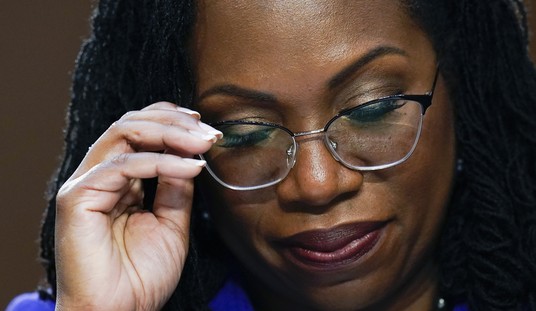In “Lee Harvey Oswald and the Liberal Crack-Up,” James Pierson’s lengthy 2006 article in Commentary that preceded his book Camelot and the Cultural Revolution the following year, Piereson noted how the media’s narrative for President Kennedy’s murder was essentially complete even before the facts of his assassin’s motives were made clear:
In the months leading up to Kennedy’s assassination, violent acts committed by representatives of the radical Right did indeed seem to be escalating. In June 1963, the civil-rights leader Medgar Evers was shot and killed outside his home in Jackson, Mississippi. In September, a bomb was detonated at a black church in Birmingham, Alabama, killing four young girls. The Ku Klux Klan was linked to both crimes. In October, Adlai Stevenson, then the U.S. ambassador to the United Nations, ventured to Dallas for a speech to commemorate “UN Day” and was met by demonstrators proclaiming “United States Day.” Heckled during his remarks, Stevenson was jostled and spat upon by protesters as he tried to depart and finally was struck over the head with a cardboard placard as he made his way to his car.
Seeming to fit into a pattern of right-wing violence, these events were easily absorbed into the explanatory structure of liberal thought. The melee in Dallas, meanwhile, gave Kennedy aides pause about the President’s planned trip to that city. Dallas, they feared, was a hotbed of the far Right and a dangerous place to visit.
Hence, when the word spread on November 22 that President Kennedy had been shot, the immediate and understandable reaction was that the assassin must be a right-wing extremist—an anti-Communist, perhaps, or a white supremacist. Such speculation went out immediately over the national airwaves, and it seemed to make perfect sense, echoed by the likes of John Kenneth Galbraith and Chief Justice Earl Warren, who said that Kennedy had been martyred “as a result of the hatred and bitterness that has been injected into the life of our nation by bigots.”
It therefore came as a shock when the police announced later the same day that a Communist had been arrested for the murder, and when the television networks began to run tapes taken a few months earlier showing the suspected assassin passing out leaflets in New Orleans in support of Fidel Castro. Nor was Lee Harvey Oswald just any leftist, playing games with radical ideas in order to shock friends and relatives. Instead, he was a dyed-in-the-wool Communist who had defected to the Soviet Union and married a Russian woman before returning to the U.S. the previous year. One of the first of an evolving breed, Oswald had lately rejected the Soviet Union in favor of third-world dictators like Mao, Ho, and Castro.
Informed later that evening of Oswald’s arrest, Mrs. Kennedy lamented bitterly that her husband had apparently been shot by this warped and misguided Communist. To have been killed by such a person, she felt, would rob his death of all meaning. Far better, she said, if, like Lincoln, he had been martyred for civil rights and racial justice.
Given her husband’s politics, Mrs. Kennedy’s comment might seem curious. For one thing, he had staked his presidency on mounting an aggressive challenge to Communism; for another, during his brief term in office the cold war had reached its most dangerous point in his confrontation with the Soviet Union over Cuba. From this perspective, it should not have been so jarring to learn that he was a casualty of the cold war. More significantly, however, the remark suggests that Mrs. Kennedy was already thinking about how President Kennedy’s legacy should be framed, and was sensing that the identity of the assassin might prove inconvenient in this regard.
As Piereson noted, the cognitive dissonance between Lee Harvey’s Oswald’s worldview and the narrative that was rushed into production immediately after Kennedy’s death would have enormous ramifications to the state of the liberalism in the 1960s. It began the decade as a relatively sober ideology dedicated to fighting the Cold War and advancing democracy throughout the globe; it ended the decade an infinitely more confused and cynical worldview.
Needless to say, it’s a good thing that nearly 50 years after rushing to judgment on the ideological motives of an assassin who left one politician dead and other seriously wounded, liberals aren’t making those same mistakes once again today. Or as Michael Ledeen writes, “One of the wise sayings I preached to our kids is ‘there is no reward for being wrong first.’ Would that the media believed that.”
Update: QED.










Join the conversation as a VIP Member